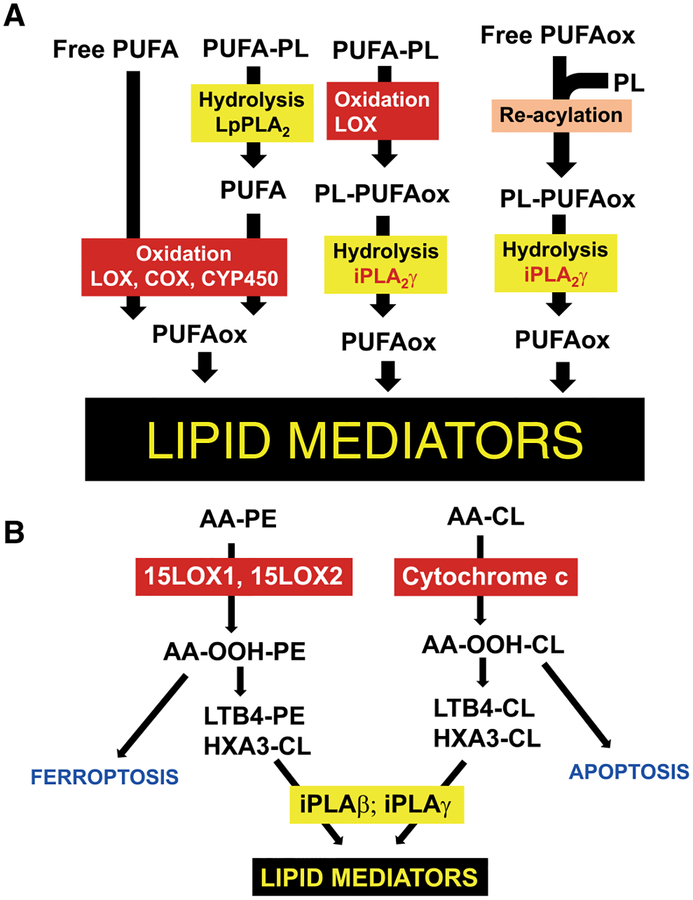FIGURE 3. Different mechanisms of generating lipid mediators.
(A) In cells and tissues, lipid mediators are produced via the enzymatic modification of free polyunsaturated fatty acids (PUFA). Hydrolysis of non-oxidized phospholipids by phospholipase A2 (PLA2) results in release of free PUFA followed by oxygenation in cyclooxygenase (COX), lipoxygenase (LOX), and cytochrome p450 (CYP450) driven reactions. Phospholipids can be directly oxidized in enzymatic reactions catalyzed by LOX with subsequent hydrolysis of oxidized phospholipids by PLA2 yielding oxygenated lipid mediators. Re-acylation of free oxygenated PUFA into phospholipids results in generation of a pool of esterified lipid mediators and their hydrolysis by specific PLA2 that leads to the release of lipid mediators dependent on the context of pro-/anti-inflammatory environment. (B) Enzymatic oxidation of CL by cyt c in mitochondria and PE by 15-LOX in cellular membranes yields pro-apoptotic and pro-ferroptotic signals in cells and tissues, respectively. These oxygenated phospholipids can be enzymatically converted to oxygenated species containing LTB4 and HXA3 in the sn-2 position. LTB4 and HXA3 can be released from CL and PE in reactions catalyzed by iPLA2γ and iPLA2β and serve as pro-inflammatory lipid mediators

